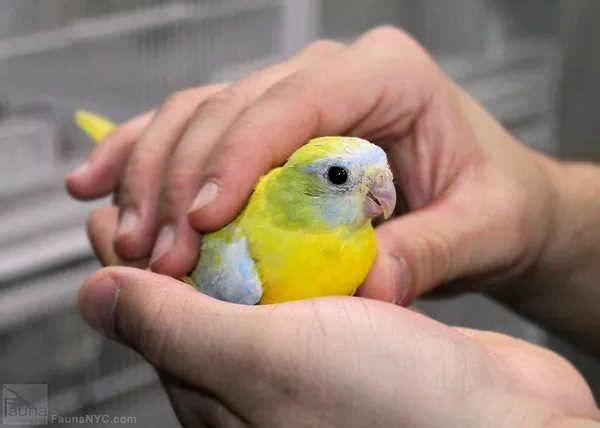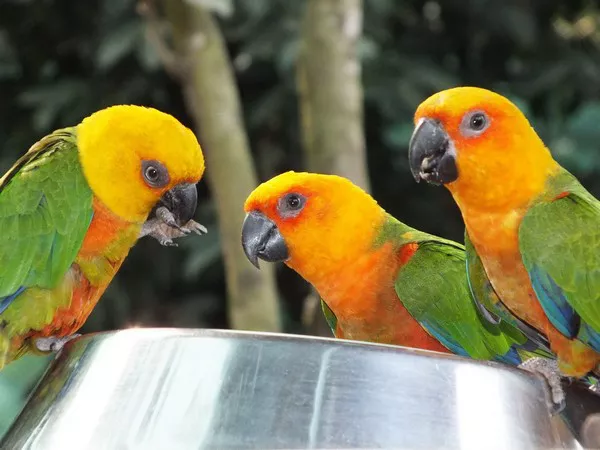Indian Ringneck Parakeets (Psittacula krameri manillensis), commonly known as Indian Ringnecks, are captivating and vibrant parrot species that have gained popularity as pets due to their stunning appearance and charming personalities. If you’re considering adding an Indian Ringneck to your avian family, understanding their pricing and the various factors that influence their cost is essential. In this article, we will delve into the pricing aspects of Indian Ringneck Parakeets and explore the factors that contribute to their price variations.
Factors Influencing Indian Ringneck Parakeet Prices
The cost of an Indian Ringneck Parakeet can vary significantly depending on several factors:
Color Mutation: One of the primary factors affecting the price of an Indian Ringneck is its color mutation. While the wild-type Indian Ringneck features a green body and a distinctive ring around its neck, there are various color mutations, including blue, yellow, white, and even combinations of these colors. Rarer color mutations tend to command higher prices in the market due to their uniqueness.
Age: The age of an Indian Ringneck also plays a role in determining its price. Younger birds, particularly hand-fed and well-socialized chicks, often come with a higher price tag than older birds.
Gender: Gender identification can be challenging in Indian Ringnecks, and some color mutations make it even more difficult. Generally, males tend to be more vibrant and talkative, which might influence their price compared to females.
Tame and Training: Indian Ringnecks that have been hand-fed and properly socialized tend to be more comfortable around humans. Birds that are trained to perform tricks, mimic words, or have basic obedience commands mastered can have higher prices due to the additional effort invested in their upbringing.
Breeder Reputation: Reputable breeders who prioritize the health, well-being, and ethical treatment of their birds often charge higher prices. This is because these breeders invest time and resources into ensuring that their birds are healthy, well-fed, and raised in optimal conditions.
Location and Availability: The price of Indian Ringnecks can also vary based on your geographical location. In areas where these birds are more readily available, prices might be lower due to increased competition among sellers.
Average Price Range
On average, the price of a standard green Indian Ringneck Parakeet can range from $250 to $600. However, this is a baseline estimate, and prices can vary significantly based on the factors mentioned above. Rarer color mutations, such as blue or lutino, can start at around $600 and go up to $1,500 or more. Birds that come with more advanced training and socialization can have prices exceeding $2,000.
Additional Costs to Consider
When budgeting for an Indian Ringneck Parakeet, it’s crucial to factor in additional costs beyond the initial purchase price. These costs may include:
Cage and Accessories: A spacious cage, perches, toys, food and water bowls, and other accessories are essential for providing a comfortable and stimulating environment for your bird.
Veterinary Care: Regular health check-ups and potential medical expenses are part of responsible pet ownership.
Diet: Indian Ringnecks require a diverse diet consisting of fresh fruits, vegetables, high-quality pellets, and occasional treats. This ongoing expense should be accounted for in your budget.
Housing and Maintenance: Costs related to housing, cleaning supplies, and bedding materials should also be considered.
Conclusion
Bringing an Indian Ringneck Parakeet into your home can be a rewarding experience. While the initial purchase price is a significant consideration, remember that the long-term care and well-being of your feathered friend should be your top priority. By understanding the factors that influence pricing and properly budgeting for ongoing expenses, you can provide a happy and healthy life for your Indian Ringneck companion. Always seek out reputable breeders or rescues to ensure that your new avian family member receives the best possible start in their new home.
Recommended reading:
























